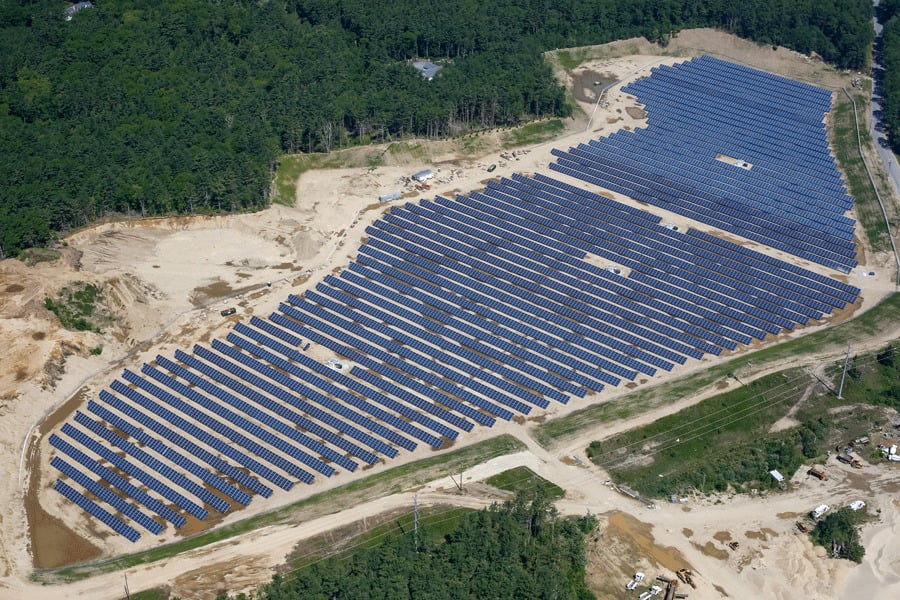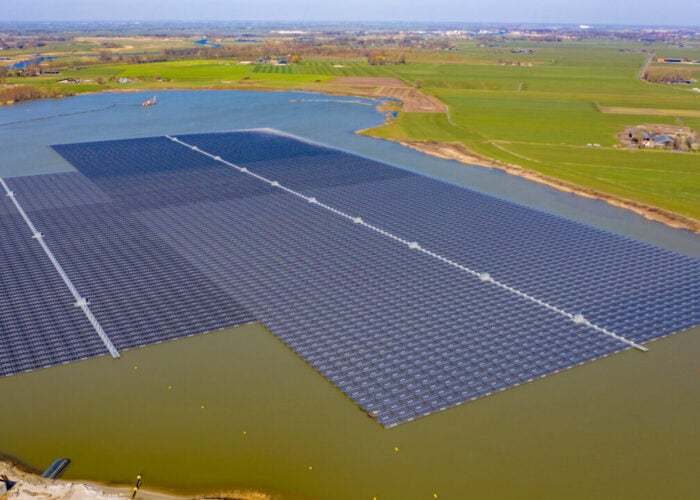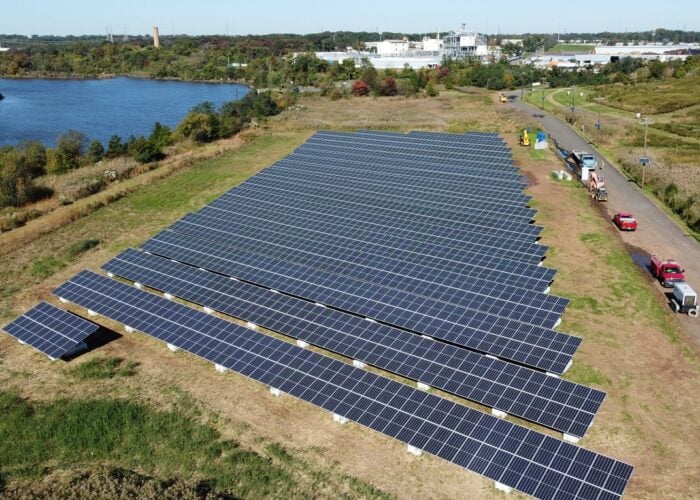
The US installed 11.8GWdc of capacity in the first quarter of 2024 and added more than 40GW of solar capacity to the grid last year, according to the Solar Energy Industries Association (SEIA).
A report conducted in collaboration with Wood Mackenzie said the new capacity additions in Q1 2024 represented a record first quarter for the US solar industry and the second-largest quarter of installations ever, second only to Q4 2023. With the new additions, solar accounted for 75% of all new electricity-generating capacity added to the grid in the US in Q1.
Unlock unlimited access for 12 whole months of distinctive global analysis
Photovoltaics International is now included.
- Regular insight and analysis of the industry’s biggest developments
- In-depth interviews with the industry’s leading figures
- Unlimited digital access to the PV Tech Power journal catalogue
- Unlimited digital access to the Photovoltaics International journal catalogue
- Access to more than 1,000 technical papers
- Discounts on Solar Media’s portfolio of events, in-person and virtual
Or continue reading this article for free
Geographically, Florida installed the most solar in Q1, with new additions totalling 2.7GWdc, followed by Texas (2.6GWdc). New installations from both states were mainly from utility-scale projects.
The utility-scale segment saw impressive growth in Q1 as the US installed 9.8GWdc in the quarter. SEIA said this was the largest Q1 ever for utility-scale deployment, more than double the volume of any previous Q1. It added that the spike in Q1 was driven by a backlog of projects that were slated to come online in 2023 but did not materialise until Q1 2024.
Additionally, the US government’s two-year tariff waiver on imported Southeast Asian crystalline silicon modules ends in June 2024. The temporary waiver has contributed to increased imports and higher module inventory levels. Modules imported under the waiver must be utilised within 180 days of the expiration of the waiver (3 December 2024). This has driven increased installation activity at the start of the year.
Aside from Florida and Texas, California and Nevada also played a significant role in the growth of the utility-scale segment.
Newly contracted utility-scale projects in Q1 2024 reached 4.4GWdc, with corporate and utility procurement cited as the main drivers.
Meanwhile, the residential segment in the US had its lowest quarter since Q1 2022 at 1.3GWdc, representing a 25% drop year-on-year and 18% quarter-on-quarter. Although slowdowns happened throughout the US, the drop was mainly influenced by California due to its transitions to the net billing tariff.
SEIA said a slowdown in Q1 is a typical phenomenon in the residential solar segment. In Q1 2024, 28 states experienced both quarter-on-quarter and year-on-year declines in installed capacity due to high financing costs. In Texas, the installed capacity dropped for five quarters in a row. Top installers in Texas even experienced more than 60% reductions in installation volumes compared to Q1 2023.
Looking ahead, the US solar industry is expected to install about 40GWdc of capacity every year for the next five years. However, in both 2024 and 2025, growth is expected to be flat driven mostly by a slowdown in growth for utility-scale solar. Other factors, such as labour shortages, high voltage equipment constraints and continued trade policy uncertainty, will also slow down growth. Annual growth will average single digits between 2026 and 2029.
Total solar capacity in the US is expected to double over the next five years, growing to 438GW by 2029.
US manufacturing capacity
Aside from installed solar capacity, SEIA said domestic module manufacturing capacity increased to 26.6GW in Q1 2024, compared to 15.6GW in Q4 2023. If the capacity fully ramps up, it will be able to supply about 70% of domestic demand in the US. SEIA said the additions were the largest in the history of the US solar manufacturing industry.
Earlier this year, PV Tech featured an article written by Christian Roselund, senior policy analyst at Clean Energy Associates (CEA), who predicted that the US solar industry will have enhanced solar manufacturing capacity and clarity on the domestic content bonus, in addition to more restrictions on Chinese companies and products.







